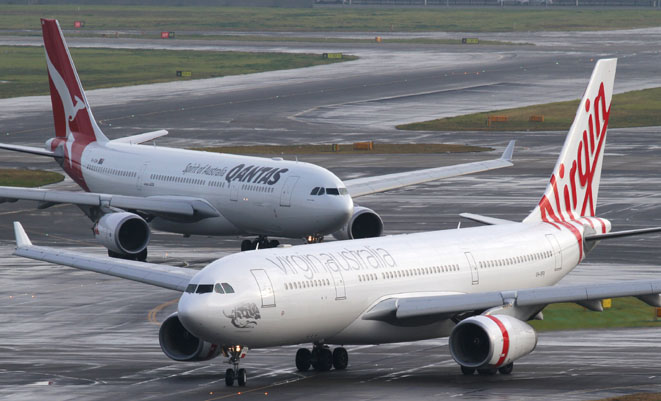Bye bye bargains
12 June, 2016
4 min read


Air fares tumbled in 2015, but are on the march again. That’s the word from one of the authors of the most comprehensive report on the subject, the Australian Aviation & Airfare Analysis, produced jointly by the Centre for Asia-Pacific Aviation and 4th Dimension – the consulting arm of Australia’s biggest travel retailer, Flight Centre.
4th Dimension’s general manager, Virginia Fitzpatrick, is talking about Australia, but she could also be describing North America, a glut of cheap discounts is now being wound back as airlines push for higher fares.
Heavy discounts – pushed out the door willingly by the airlines – followed 2014’s oil price collapse that ended a decade when carriers were almost at war with their customers with new ancillary fees to ease the squeeze on their bottom lines caused by soaring jet fuel prices.
Airlines in Australia and overseas have used their savings on fuel in the past 18 months to invest more in the customer experience on items like in-flight internet.
In Australia, according to the CAPA-4th Dimension report, average air fares fell 5.77 per cent in this year’s first quarter after being pushed up by eight to nine per cent in 2015.
“Virgin Australia ... led Qantas in instigating fare increases throughout 2015, with six increases against Qantas’ four,” the report says.
With the Australian economy faltering in this year’s second quarter, that situation has changed, but the Qantas-Virgin Australia duopoly, even with their low-cost subsidiaries Jetstar and Tigerair, has evolved into a much more sophisticated version of the old Qantas-Ansett contest.
In fact, says Virginia Fitzpatrick, even though demand is subdued, both airline groups are tightly managing fares and yield – the price per seat – so that they don’t fall back into the financial bloodbath they inflicted on each other between 2012 and 2014 when the old Virgin Blue became Virgin Australia, a full-service airline, offering business class for the first time.
Both groups have scaled back planned growth in the number of seats they’re flying this year, which means they have to discount less to fill them.
“I think this year, in reverse to last year, we’re going to see that those cheap seats are going to be sold early and quickly and both carriers are going to be selling high fares,” Fitzpatrick tells AirlineRatings.com. “They’re going to go for the high yield. With reduced seats, what do you get? Prices going up.”
Fitzpatrick says, in spite of quiet market conditions that might have led in the past to increased discounting, “fares are being controlled dynamically daily by the airlines and they are very, very good at this”.
“They’re going to be driving up their yields,” she says. “That’s the only warning I can give. I think we’re in for a higher cost of travel.”
While Fitzpatrick says they’re only her personal views, she is describing a new worldwide restraint by the airline industry, which lost billions of dollars after the 2001 terrorist attacks on the US and was clobbered again by the global financial crisis of 2007-08.
Airlines are being very cautious about the possibility of being plunged back into losses by the possibility of yet another of the regular shocks that seem to beset the industry.
In the US, fares have been dropping for more than a year and the average return fare late in 2015 was the lowest since 2010, according to industry figures. Ticket prices have fallen even further this year, the airlines say.
But, as they saved billions of dollars on jet fuel, domestic and international carriers added seats faster than travel demand was growing and the major carriers are now taking steps to rein in the oversupply.
Get the latest news and updates straight to your inbox
No spam, no hassle, no fuss, just airline news direct to you.
By joining our newsletter, you agree to our Privacy Policy
Find us on social media
Comments
No comments yet, be the first to write one.

